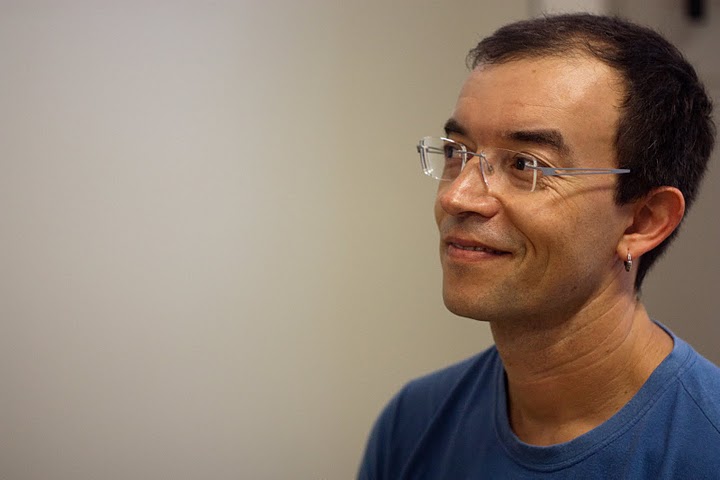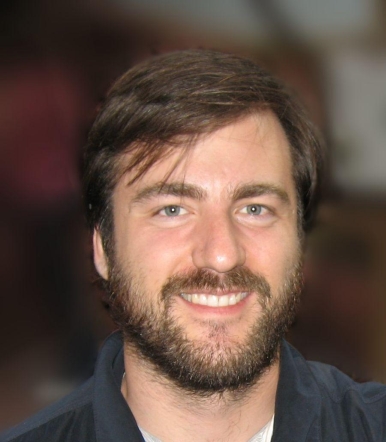Important dates
> TECHNICAL PAPERS
Papers submission
May 4th, 2012
May 14th, 2012
Notification of Acceptance
June 17th, 2012
June 26th, 2012
June 30th, 2012
Camera ready due
July 6th, 2012
July 15th, 2012
July 20th, 2012
May 14th, 2012
Notification of Acceptance
June 30th, 2012
Camera ready due
July 20th, 2012
> WORKSHOP PROPOSALS
Submission deadline
April 19th, 2012
Notification of acceptance
April 25th, 2012
May 8th, 2012
April 19th, 2012
Notification of acceptance
> TUTORIAL PROPOSALS
Submission deadline
May 6th, 2012
May 13th, 2012
Notification of acceptance
May 27th, 2012
May 31st, 2012
Survey paper due
June 24th, 2012
July 15th, 2012
Camera ready due
August 7th, 2012
Handouts due
July 31st, 2012
August 5th, 2012
May 13th, 2012
Notification of acceptance
May 31st, 2012
Survey paper due
July 15th, 2012
Camera ready due
August 7th, 2012
Handouts due
August 5th, 2012
> WTD PAPERS
Abstract due date
May 16th, 2012
Submission deadline
May 20th, 2012
May 25th, 2012
Notification of acceptance
June 20th, 2012
June 22nd, 2012
Camera ready due
July 8th, 2012
May 16th, 2012
Submission deadline
May 25th, 2012
Notification of acceptance
June 22nd, 2012
Camera ready due
July 8th, 2012
> WUW PAPERS
Papers submission
May 11th, 2012
May 21st, 2012
Notification of acceptance
June 24th, 2012
July 1st, 2012
July 3rd, 2012
Camera ready due
July 8th, 2012
July 12th, 2012
July 15th, 2012
May 21st, 2012
Notification of acceptance
July 3rd, 2012
Camera ready due
July 15th, 2012
> WIP PAPERS
Submission deadline
June 25th, 2012
July 2nd, 2012
July 6th, 2012
Notification of acceptance
July 16th, 2012
July 18th, 2012
July 24th, 2012
Camera ready due
July 31st, 2012
August 2nd, 2012
July 6th, 2012
Notification of acceptance
July 24th, 2012
Camera ready due
August 2nd, 2012
> WGARI PAPERS
Submission deadline
June 24th, 2012
July 4th, 2012
Notification of acceptance
July 18th, 2012
July 24th, 2012
July 26th, 2012
Camera ready due
July 29th, 2012
August 1st, 2012
August 5th, 2012
July 4th, 2012
Notification of acceptance
July 26th, 2012
Camera ready due
August 5th, 2012
> WIVis PAPERS
Submission deadline
July 15th, 2012
August 1st, 2012
Notification of acceptance
August 1st, 2012
August 5th, 2012
Camera ready due
August 7th, 2012
August 1st, 2012
Notification of acceptance
August 5th, 2012
Camera ready due
August 7th, 2012
Search
|
||||||||||
|
||||||||||
|
|
||||||||||













